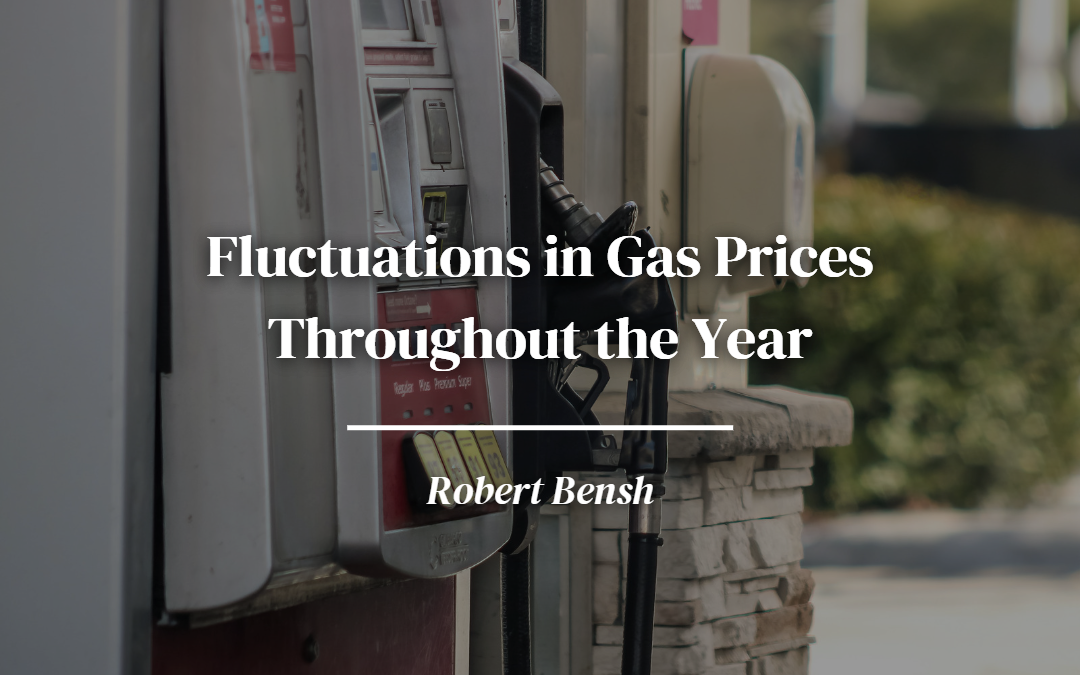Gas prices typically start to rise in February and then bottom out around Memorial Day. In 2021, however, they began to climb due to the rise in oil prices. This occurred during a time when gas prices typically decline. The 2021 market conditions were different from most years as the demand for gas increased during the spring, and the transition to different fuel blends put upward pressure on prices. Since 2000, the average price of gas has risen by about 50 cents during the first six months of the year.
February: Refinery Maintenance
During the first quarter of the year, refinery maintenance usually takes place. This process is carried out during the lower demand period for gasoline. During a turnaround, a plant or process unit is typically shut down for various operations such as repairs and maintenance. About 25% of refineries go through turnarounds every four years, which is why they are scheduled to perform them every spring. During these operations, they can re-tool to produce summer-blend fuels.
March-April: The Switch to Summer-Blend Production
According to the EPA, April to June is the transition season for the production of fuel. During this period, refineries switch over to summer-grade production. Summer-grade gasoline is different from winter-grade fuel. During the winter, the Reid vapor pressure of gasoline is higher, which allows it to evaporate more quickly and allows cars to start in cold weather. On the other hand, in the warm summer months, the evaporative characteristics of the fuel can lead to increased smog formation and emissions.
During the transition season, more types of fuel are available to be produced. During the summer months, there are 14 different fuel specifications that are required to be met by refiners. This ensures that the supply of fuel is not affected by any shortages. Compared to winter-grade gasoline, summer-grade fuel is more expensive to produce. It takes longer to produce and process the fuel, and its overall yield is lower. These factors add around 15 cents per gallon to the cost of making this type of fuel.
May-June: Terminals and Retailers Deadlines
The May 1 deadline for retailers and terminals to fully purge their winter-grade fuel systems is considered one of the most critical factors affecting gasoline prices. This regulation can lead to a reduction in the inventories at the terminal, which can cause the price of gas to rise. This process can take a couple of weeks to reach the storage terminals in the country. Having summer-grade fuel at the terminals and facilities by May 1 is important, as this date usually sees the highest prices at the gas pump. In most areas, retailers have until June 1 to start selling summer-grade gasoline.
February-August: Increased Demands During Summer Drive Season
The demand for gas increases during the summer seasons. In February and August, the demand for gas goes up by around a few percentage points each month. Any disruption in the supply chain, such as a pipeline or refinery outage, can cause prices to rise.
September: Cheaper than Summer
As the summer season comes to an end, retailers can start selling winter-blend fuel on September 15. Although this type of fuel is cheaper than summer-grade, the complications of this switchover can cause a temporary price spike. Gas prices can also be affected by weather conditions such as hurricanes. Unlike in the spring, the switchover to winter-blend fuel isn’t required. Since it’s cheaper than summer-grade, retailers often offer this type of fuel to their customers to remain competitive. Some retailers don’t start selling winter-blend fuel on September 15. Gas prices usually decrease by the end of September as the demand and switchover processes continue to decrease. Despite conspiracy theories, lower prices don’t necessarily reflect pre-election politics. In September, the demand for home heating oil and diesel fuel goes up due to the colder weather. This is also due to the harvest season and the increased demand for diesel fuel.
